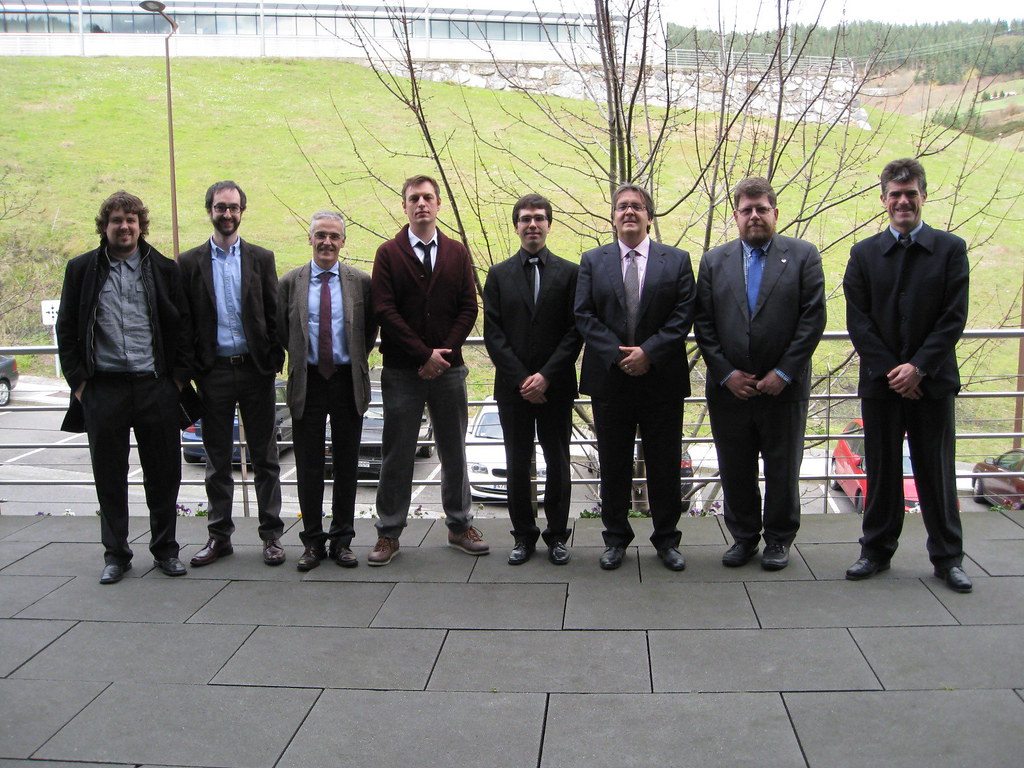New Doctor in the hood
The Doctoral Thesis titled «Behavioral Modeling for Anomaly Detection in Industrial Control System», written by IÑAKI GARITANO GARITANO was defended last friday, 14th of February 2014, at 11:30 a.m., in the Auditorium of the Pole of Innovation Garaia.
Iñaki worked under the supervision of Dr. Roberto Uribeetxeberria and Dr. Urko Zurutuza, both from the Telematics Research Group of Mondragon University.
On 10th December 2013, the Subcommittee of Doctorate from the Faculty of Engineering admitted the deposit of the above mentioned thesis and attending to what is established in the University’s Academic Regulation, four proposed Doctors were requested to make a reasoned report about the quality of the thesis (Prof. Javier López , Prof. Eduardo Jacob, Prof. Julián Flórez and Prof. Christopher Dennett).
The PhD student wanted to obtain “Doctor Europeus” mention. Therefore, two experts who are not members of the jury also wrote this quality report: Prof. Magnus Almgren (Chalmers University of Technology and University of Gothenburg) and Prof. Marcelo Masera (European Joint Research Centre).
The examining committee was composed by:
- Dr. Javier López Muñoz, University of Malaga (President)
- Dr. Eduardo Jacob Taquet, University of the Basque Country
- Dr. Julián Flórez, Vicomtech-IK4 research centre
- Dr. Christopher Dennett, University of Wolverhampton
- Dr. Felix Larrinaga Barrenetxea, Mondragon University (Secretary)
Once the exhibition finished, the President gave the members of the court and doctors in the audience the opportunity to make comments and questions; which Iñaki answered satisfactorily.
After a short deliberation, the jury decided to award Iñaki with the highest grade possible, i.e.; First Class grade with ‘CUM LAUDE’ distinction.


+ No hay comentarios
Añade el tuyo